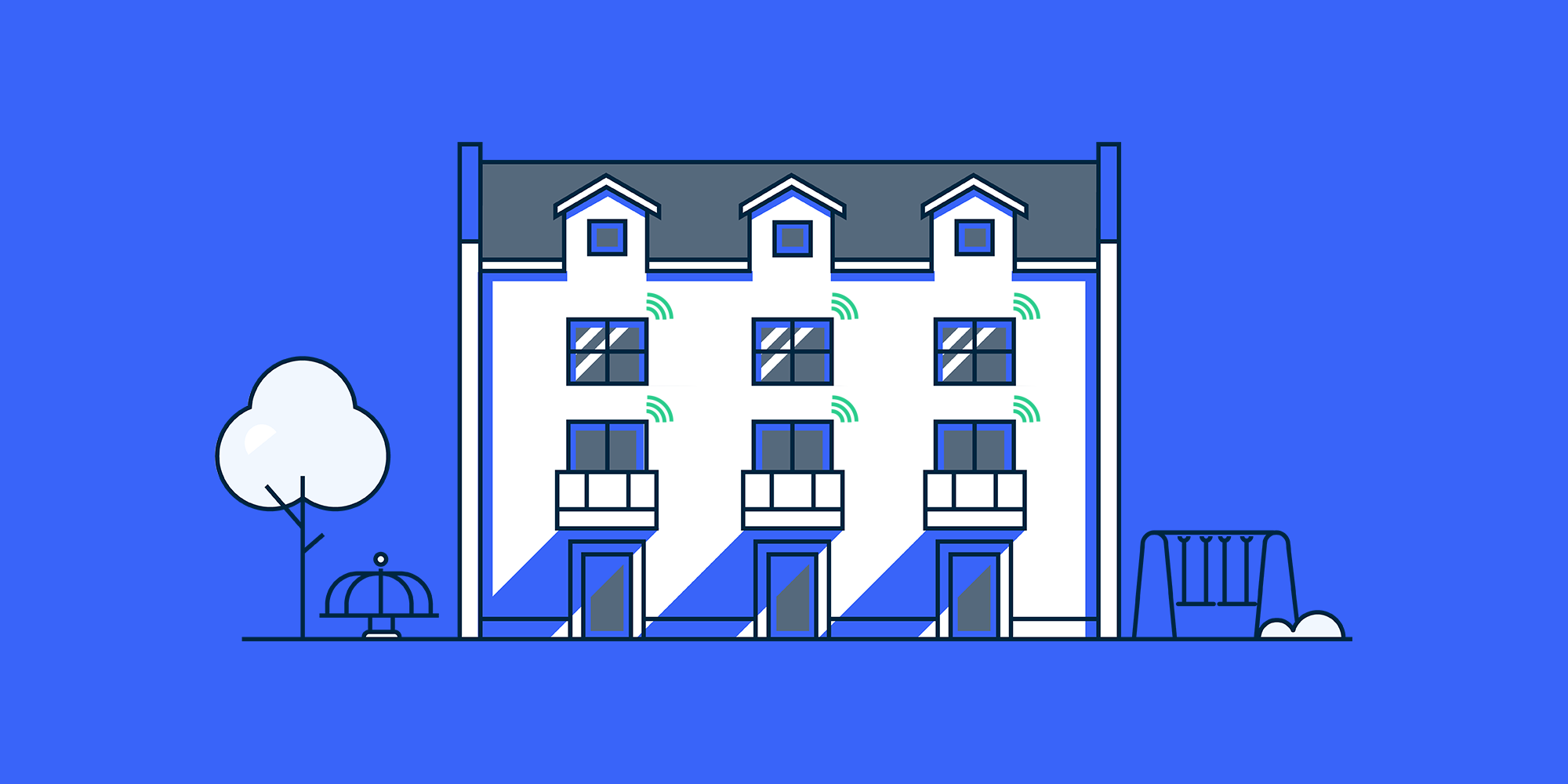
Technology is everywhere and has become an indispensable component in everyone’s daily lives now including the lives of our little digital natives. The education model must change to continue to be effective and reach this tech-savvy generation. Today’s generation of students and their mobile devices are attached at the hip. Students love their mobile device and they expect connectivity on the school wireless network. Their dire love and infatuation with technology will only intensify over time, so if your school hasn’t considered a byod solution to bringing mobile technology in the classroom, you better get started.
School IT staff everywhere is feeling increasing pressure facilitate a technology rich learning environment. Therefore the question isn’t should schools bring mobile devices in the classroom, it’s how? This question generally has two possible answers: 1:1 or BYOD in (Bring Your Own Device). With 1:1, essentially the school provides all users with the same device for use on the school wireless network. With BYOD in education, students and staff bring their own devices to school to be used for educational purposes. Schools that wish to create the most relevant and effective learning environment will go in one of these directions.
Both of these solutions have shown to be successful for schools large and small, which doesn’t really doesn’t make IT staff and school administrators’ decisions any easier. So, to help with the 1:1 vs. BYOD conundrum, I’ve provided a list comparing the two solutions head-to-head on 5 main categories.
1. Cost
With increasingly shrinking school budgets, price is typically one of the biggest concerns for schools. Both solutions will likely require wireless network infrastructure upgrades to a more robust school wireless network that can support all these devices. This can be pricey depending on what your school already has in place, but it will need to be done whether you choose BYOD or 1:1. Where the real price difference comes in with these two solutions is with the devices. With 1:1 of course it will be much more costly to the school because the school has to purchase a device and accessories like protective covers for every user. This can really add up. The cost savings of implementing BYOD make this strategy very popular. With BYOD the user is providing the device. So when it comes to cost, BYOD wins this battle.
2. Ease of Use
This one can really go either way. On one hand, BYOD may seem like the easier path for both student and teacher when it comes to adapting to the devices and ease of use. With BYOD, users are already used to the devices and are comfortable with how they work, so little to no training is needed for most. On the other hand with 1:1, although some initial training may be necessary for users with a new device like an iPad, many find it easier to integrate and use technology in the classroom when everyone is working with the same device.
3. Equality
This one is another biggie; right up there with cost. 1:1 brings uniform integration of technology in every class which eliminates digital inequality. With 1:1 solutions the school won’t have to worry about who doesn’t and who does have the right devices. With BYOD, technology may become a status symbol for students causing the divide between the haves and have-nots to be even greater. So, when it comes to equality, 1:1 wins. As a side note, if your school is still leaning towards BYOD, one simple solution for students who don’t have acceptable devices is starting a device loaner program for them. It’s still cheaper than supplying a device for every student. Just something to think about.
4. Maintenance
With 1:1 there are long-term maintenance costs for the school including upgrades and eventually completely replacing all the devices for newer ones, because let’s face it, they won’t last forever. With BYOD the students would be responsible for their own maintenance on their mobile devices as well as upgrades and replacing them themselves. So, I’m calling this one a win for BYOD.
5. Apps
Applications may not be universal across all platforms causing possible issues for BYOD users. With 1:1, since everyone has the same mobile device and is on the same platform, teachers know whatever apps they use on their devices will work on their student’s devices.
As you can see, there are pros and cons to each option. Some schools have even also chosen to implement a combination of the two solutions, providing some grade levels with devices and allowing others to BYOD. So there's really no right or wrong answer when it comes to which one is best. The best choice just really depends on which solution fits your school's needs the best. Some of these issues may be more important to some schools than others. Each school must weigh out the pros and cons of both strategies and factor in all the possible technological and logistical issues before making a decision.
The important thing is that you choose a solution to bring mobile devices to your school's wireless network. It’s important to keep education relevant and effective and in today’s tech-reliant society, the way to do so is to integrate wireless technology in the classroom.
Whichever solution you choose, the foundation is the same; a good wireless network infrastructure. Having a school wireless network that is prepared to successfully support all these devices is key and it’s the first step to any type of mobile device integration.







